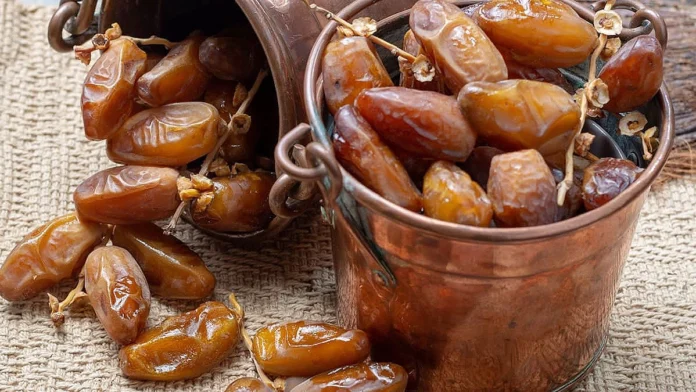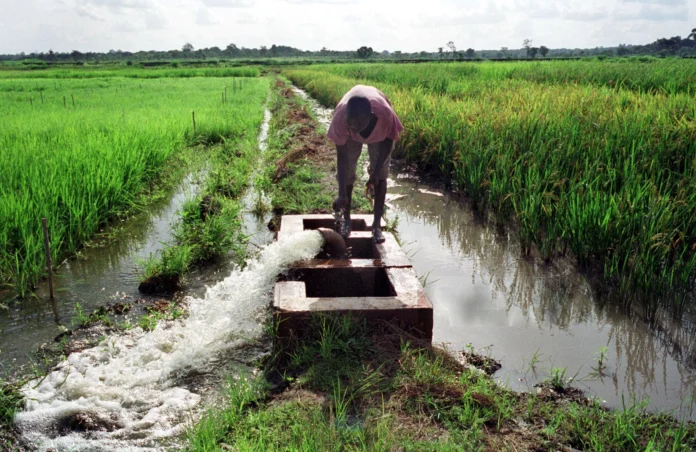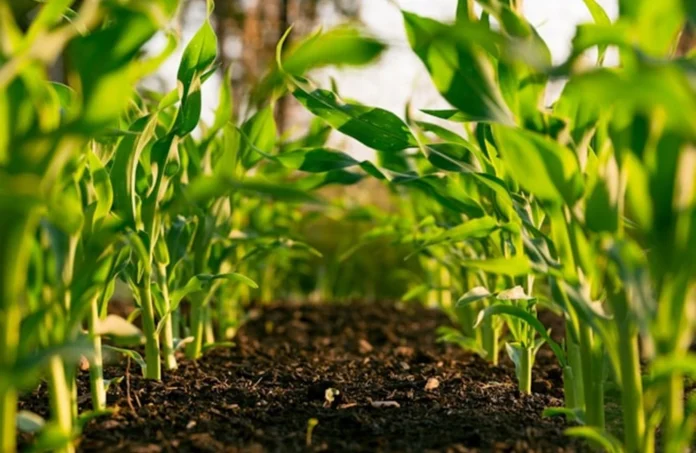Arabfields, Sophia Daly, Financial Analyst specialized in Agriculture and Futures Markets — In the third quarter of 2025, the agricultural commodities sector demonstrated a resilient uptick, registering a 1.89% gain overall. This positive movement was primarily propelled by robust performances in Arabica coffee and frozen concentrated orange juice (FCOJ) futures, which helped offset broader weaknesses across the market. However, this quarterly improvement belied a more challenging year for the sector, which lingered 19.25% below its closing levels from the end of 2024. Notably, four out of the five major agricultural commodities concluded the quarter in negative territory, with two experiencing declines exceeding 40%, underscoring the persistent pressures from supply dynamics, demand fluctuations, and external economic factors.
Leading the charge in Q3 was Arabica coffee, which surged by 22.2% during the period. This impressive rally was fueled by mounting concerns over Brazil’s crop outlook, including potential disruptions from adverse weather patterns and production challenges in the world’s largest coffee-producing nation. As a result, Arabica coffee not only dominated the agricultural commodities landscape for the quarter but also achieved a 17.23% increase year-to-date, positioning it as one of the standout assets in the broader commodities market for 2025.
By the close of September, Arabica coffee futures had settled at $3.7485 per pound, reflecting sustained buyer interest. This upward trajectory continued into mid-October, with prices climbing further to $4.0875 per pound. Analysts attribute this momentum to a combination of supply-side uncertainties and growing global demand for premium coffee varieties, driven by shifting consumer preferences toward specialty brews in both developed and emerging markets.
Examining the longer-term trends, the monthly chart for Arabica coffee reveals a clear pattern of bullish momentum that originated in late 2024. This period marked the beginning of a recovery phase following earlier downturns, influenced by improved export volumes from key regions and stabilizing geopolitical factors affecting trade routes. Investors are closely monitoring whether this rally can maintain its pace, as historical data suggests that prolonged price increases often invite speculative corrections.
In stark contrast to coffee’s gains, cocoa emerged as the most significant laggard in the agricultural sector during Q3. After scaling an all-time high of $12,931 per ton in late 2024, cocoa prices endured a precipitous drop of 27.86% over the quarter. This downward spiral extended the year-to-date losses to 42.19%, highlighting the commodity’s vulnerability to cyclical swings.
September saw cocoa futures closing at $6,749 per ton, with prices dipping even further below $5,900 by mid-October. Market observers attribute this sharp reversal to the inherent cyclicality of commodities, where elevated prices often stimulate increased production, leading to oversupply, bloated inventories, and subdued demand. In cocoa’s case, the record highs of 2024 prompted farmers in major producing countries like Côte d’Ivoire and Ghana to ramp up output, flooding the market and eroding price support.
This downturn has ripple effects across the global chocolate and confectionery industries, where manufacturers are grappling with higher input costs from prior peaks while now facing potential oversupply risks. Looking ahead, stabilization may depend on weather events in West Africa, the primary cocoa belt, and any policy interventions aimed at regulating exports or supporting farmer incomes.
World sugar futures, tracked under the #11 contract, managed a modest 4% rise in Q3, providing a glimmer of stability amid the sector’s uneven performance. Despite this quarterly rebound, sugar remains down 16.41% year-to-date, reflecting ongoing bearish pressures that have persisted since its peak of 28.14 cents per pound in November 2023.
At the end of September, prices settled at 16.10 cents per pound, a level that underscores the commodity’s distance from recent highs. By mid-October, the March 2026 contracts were trading near 15.60 cents, signaling a continuation of the downward trend. Factors contributing to this include abundant global supplies from key exporters like Brazil and India, coupled with fluctuating energy costs that influence ethanol production—a competing use for sugarcane.
However, the sugar market’s cyclical nature offers potential for recovery. Historically, depressed prices have led to reduced planting in subsequent seasons, tightening supplies and fostering price rebounds. With current levels hovering below historical averages, sugar could attract value investors anticipating a shift in fundamentals, particularly if biofuel demand surges or weather anomalies disrupt harvests.
Cotton prices experienced a slight dip of 0.77% in Q3, contributing to a year-to-date decline of 3.85%. Futures concluded September at 65.77 cents per pound, with mid-October trading maintaining a similar range around 65 cents. This performance continues a multi-year downtrend that began after the commodity’s high of $1.5595 per pound in May 2022, driven by factors such as increased synthetic fiber competition and variable global textile demand.
Despite the persistent softness, current price levels may represent a potential base for future gains. Low prices often discourage production, leading to acreage reductions in major growing regions like the United States, China, and India. If this contraction materializes, it could pave the way for inventory drawdowns and a subsequent rally, especially as economic recoveries in apparel sectors boost consumption.
Cotton’s market dynamics are also influenced by trade policies, including tariffs and subsidies that affect export competitiveness. As the sector navigates these challenges, observers note that cotton’s historical tendency to peak during the first and second quarters, amid uncertainties surrounding planting seasons, could position it favorably for a turnaround in 2026.
Frozen concentrated orange juice (FCOJ) futures posted an 11.90% gain in Q3, offering some relief to a commodity that has otherwise underperformed dramatically. Nevertheless, FCOJ holds the dubious distinction of being the worst-performing agricultural commodity year-to-date, with a staggering 51.04% drop. This decline traces back from a record high of $5.4315 per pound in December 2024 to a September close of $2.4355 per pound, followed by a further slide below $2 in mid-October.
The market’s extreme swings are exacerbated by FCOJ’s inherent illiquidity, characterized by low open interest and thin trading volumes. These conditions amplify price volatility, making the commodity particularly susceptible to even minor shifts in supply or demand. Key drivers include citrus greening disease affecting groves in Florida and Brazil, alongside fluctuating consumer preferences for fresh versus processed juices.
As a result, the orange juice industry faces ongoing challenges, from supply chain disruptions to competition from alternative beverages. Market participants are watching for signs of stabilization, such as improved crop yields or policy support for affected growers.
Entering the fourth quarter, the agricultural commodities landscape presents a divergent picture: coffee maintains elevated prices amid bullish sentiment, while cocoa, sugar, cotton, and FCOJ grapple with continued downward pressure. Yet, the cyclical underpinnings of these markets suggest opportunities for reversal. Low prices in sugar and cotton, for instance, are likely to prompt production cuts, accelerate inventory reductions, and stimulate demand, thereby laying the groundwork for potential rebounds.
Broader influences, including weather patterns, crop health assessments, evolving trade policies, and geopolitical developments, will undoubtedly inject further volatility into the sector. Coffee, having enjoyed a strong rally, may encounter corrective forces as speculators take profits. Conversely, sugar and cotton appear poised as prime candidates for recovery, with cotton’s seasonal patterns, often peaking in the first half of the year due to planting ambiguities, adding to its appeal. At prices below 66 cents per pound, cotton stands out as a compelling prospect for investors eyeing a 2026 resurgence.
Agricultural commodities, which spearheaded asset class performance in 2023 and 2024, have lagged in 2025. Nonetheless, cyclicality endures as the core driver, where market lows frequently herald the onset of the next upswings.












